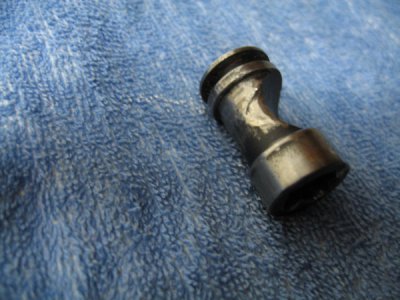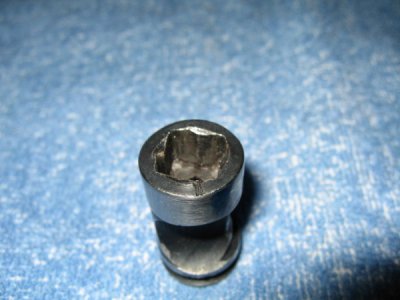My lathe has a flat flange with a shallow taper locating recess - and chucks or plates are held with 3 or 4 bolts into threaded holes in that flange.
Using front-mount or through-hole chucks, that is a relatively easy to use arrangement. However, I have a couple of chucks with D1-4 mounts and no way of drilling through holes that could line up with the flange holes (without going through the scroll ).
).
So I would like to go to D1-4 mounting for all my chucks. Making backing plates to suit seems relatively easy to me, however making a D1-4 holder or nose is daunting....
I've never seen any D1 type noses/holders for sale and can't find a suitable second-hand (=affordable) D1-4 spindle I could adapt either.
So I'm considering making either a complete spindle or an adapter from scratch....
Any advice or experience here?
Using front-mount or through-hole chucks, that is a relatively easy to use arrangement. However, I have a couple of chucks with D1-4 mounts and no way of drilling through holes that could line up with the flange holes (without going through the scroll
So I would like to go to D1-4 mounting for all my chucks. Making backing plates to suit seems relatively easy to me, however making a D1-4 holder or nose is daunting....
I've never seen any D1 type noses/holders for sale and can't find a suitable second-hand (=affordable) D1-4 spindle I could adapt either.
So I'm considering making either a complete spindle or an adapter from scratch....
Any advice or experience here?


